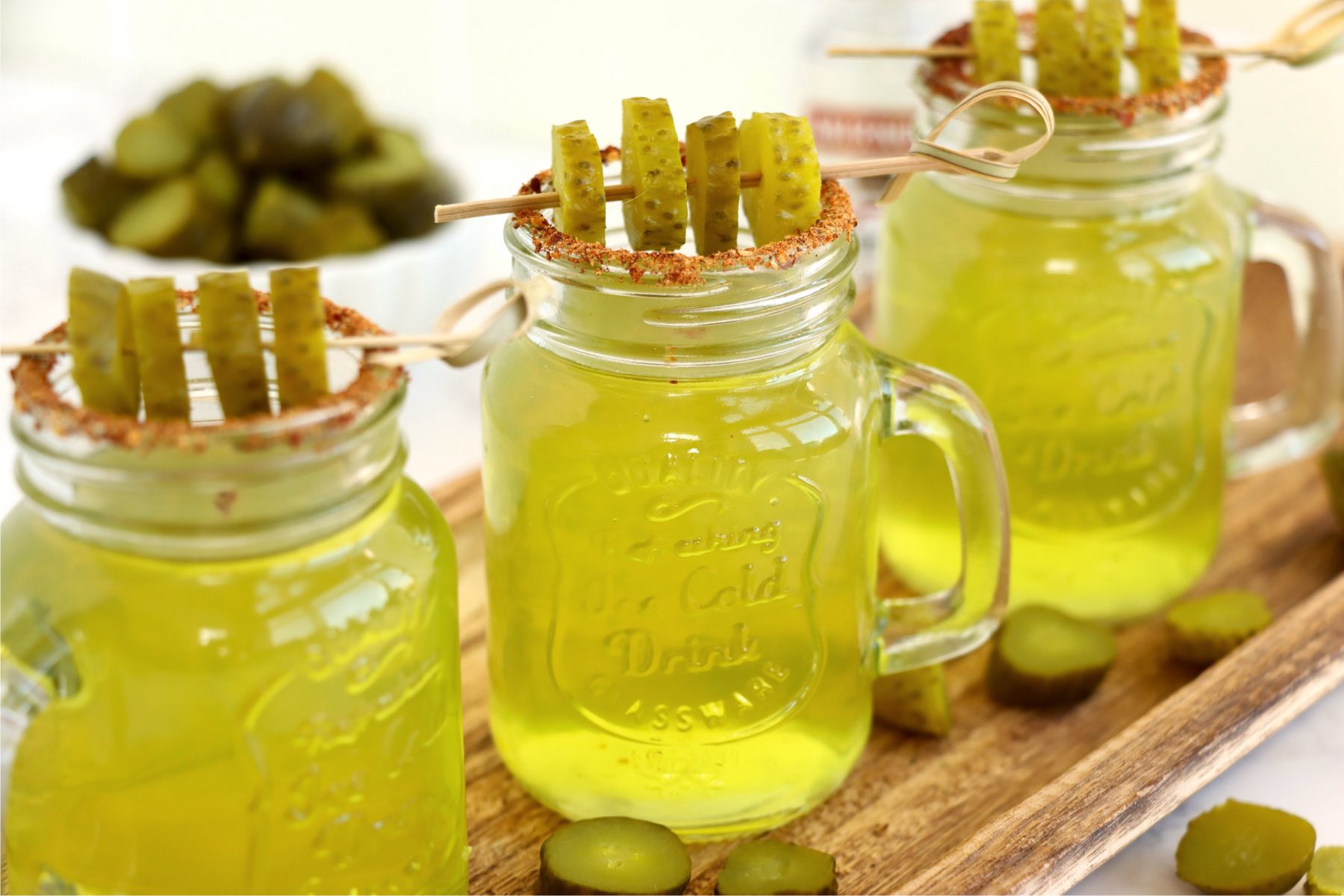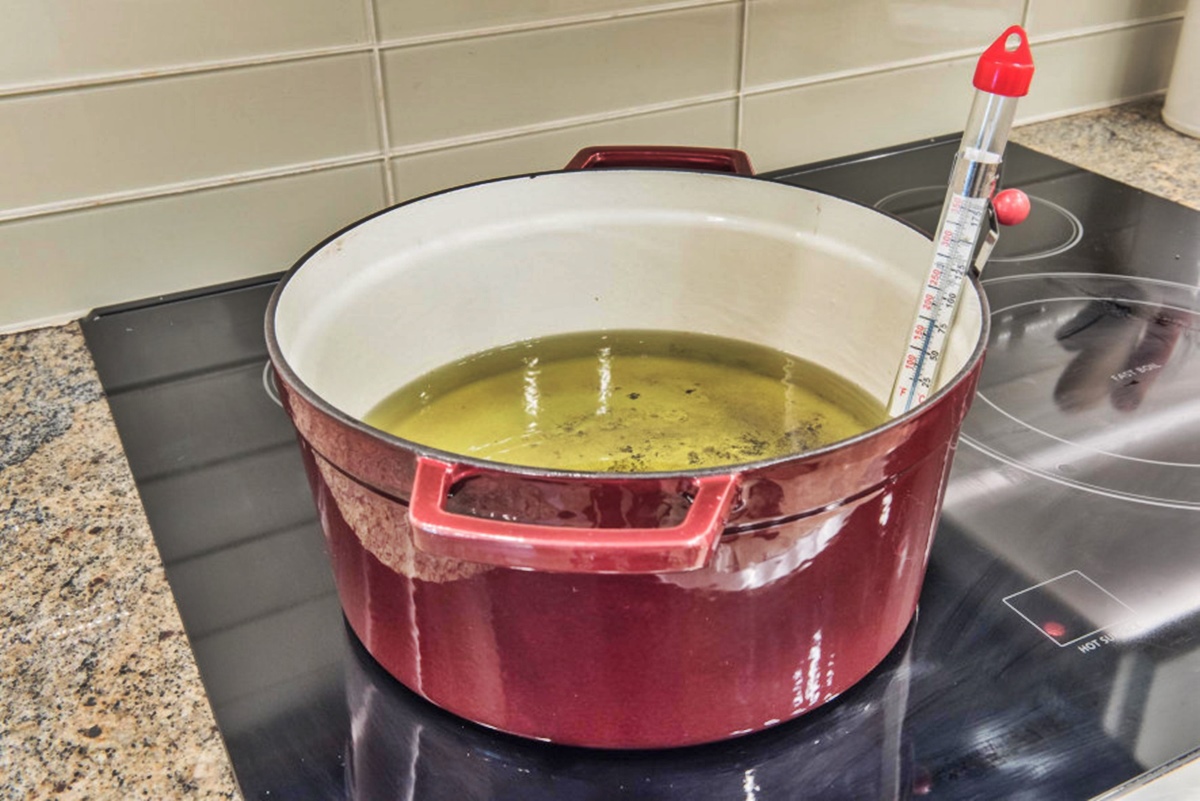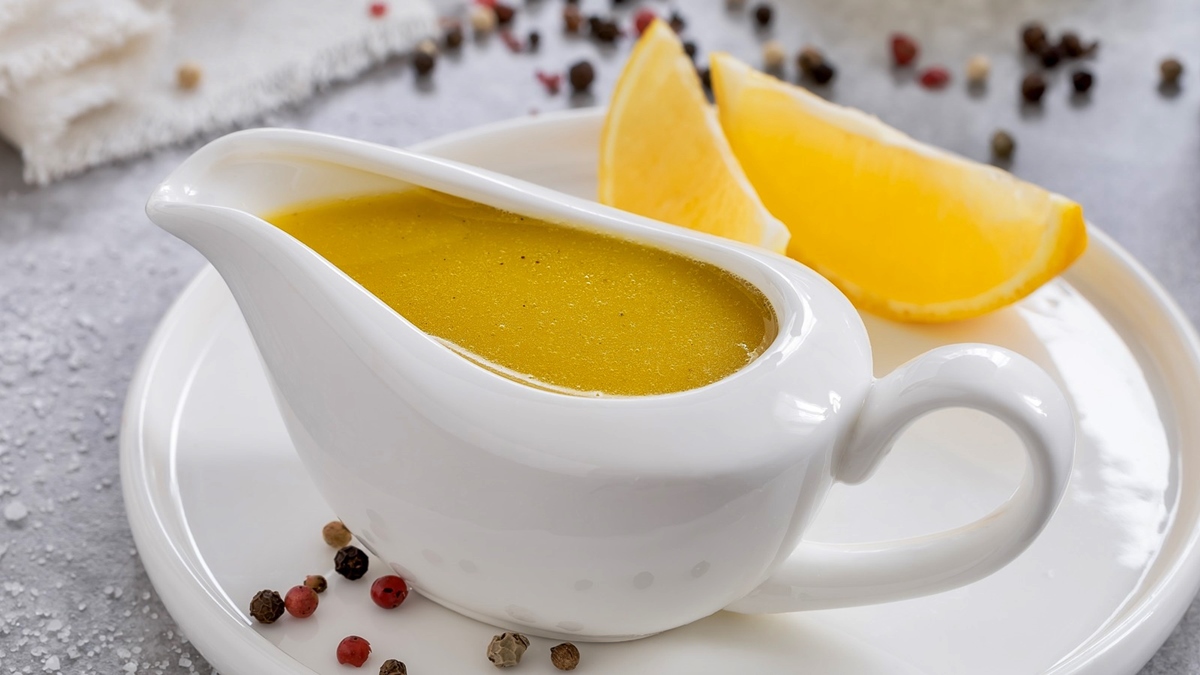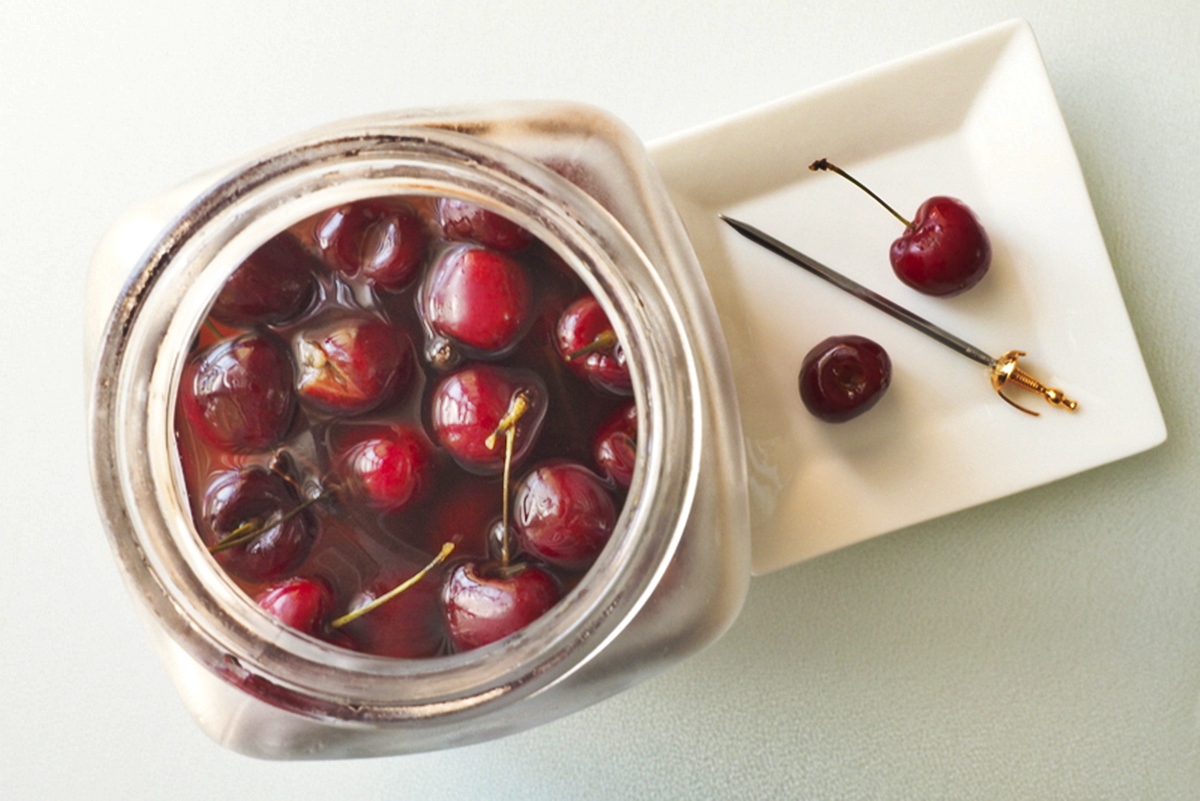Cocktail: Savory Cocktails in Theory and Practice
When most people think of cocktails, they envision sweet and fruity concoctions, garnished with colorful fruit and served in an elegant glass. But did you know that there is a whole other world of cocktails that are savory in nature? Savory cocktails combine the flavors of herbs, spices, and vegetables to create unique and sophisticated drinks that are a departure from the ordinary. In this article, we will explore the theory and practice of crafting savory cocktails that will add a twist to your cocktail repertoire.
The Theory Behind Savory Cocktails
Savory cocktails tap into the rich flavors that are traditionally associated with cuisine. By incorporating ingredients like herbs, spices, and vegetables into your drink, you can create a more complex and savory experience. These cocktails are a perfect alternative for those who prefer savory flavors over sweet ones or are looking for a new taste sensation.
One key principle of creating savory cocktails is balance. Just like in cooking, the right balance of flavors is essential to create a harmonious drink. A well-crafted savory cocktail should have a combination of acidity, bitterness, and umami, creating a layered and satisfying flavor profile.
The Practice of Crafting Savory Cocktails
Now that we understand the theory behind savory cocktails, let’s dive into the practice of creating these delicious libations. Here are some tips and tricks to get you started:
- Experiment with fresh herbs: Herbs like thyme, basil, rosemary, and cilantro can add depth and aroma to your cocktails. Muddle them gently to release their essential oils and incorporate them into your drink.
- Add a touch of spice: Spices such as black pepper, chili flakes, or even smoked paprika can introduce a subtle heat to your cocktail. Be mindful of the intensity and adjust according to your taste preferences.
- Explore vegetable-based ingredients: Vegetables like cucumber, bell peppers, and tomatoes can bring a refreshing twist to your drinks. Consider infusing them into your spirit of choice or using their juices in your cocktail recipes.
- Experiment with savory spirits: Some spirits have inherently savory qualities, such as certain gins or tequilas. These spirits can serve as a fantastic base for your savory cocktails and add complexity to the overall flavor profile.
Remember, the key to successful savory cocktails is balance and experimentation. Don’t be afraid to get creative and try out new combinations of flavors. Taste your creations along the way and make adjustments as needed to achieve the desired result.
Some Savory Cocktail Recipes to Try
Ready to put your newfound knowledge into practice? Here are a few savory cocktail recipes to get you started:
- Tomato and Basil Martini: A refreshing twist on the classic Martini, this cocktail combines tomato juice, fresh basil leaves, vodka, and a splash of lemon juice for a zesty and herbaceous drink.
- Cucumber and Mint Mojito: Swap out the traditional sweet flavors of a Mojito for a crisp and refreshing version. Muddle fresh cucumber and mint leaves, add white rum, lime juice, and soda water for a savory twist on a summer favorite.
- Smoky Spiced Margarita: This cocktail takes the classic Margarita to new heights by incorporating smoky mezcal, spicy jalapenos, lime juice, agave syrup, and a rim of chili salt for an unforgettable savory experience.
These are just a few examples to spark your imagination. Feel free to experiment and create your own signature savory cocktails that reflect your personal taste preferences.
Conclusion
Savory cocktails offer a delightful departure from the sweetness of traditional drinks. By understanding the theory behind savory cocktails and experimenting with various flavors, you can unlock a whole new world of complex and satisfying drinks. So, next time you’re in the mood for a cocktail, why not try a savory twist and elevate your drinking experience to a whole new level? Cheers!










